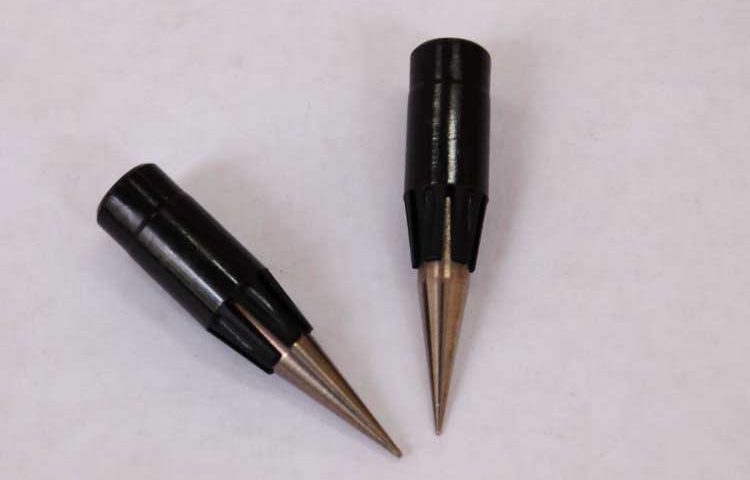The application of tungsten and tungsten alloy
The application of tungsten and tungsten alloy

Tungsten has the highest melting point (3410°C) and the lowest vapour pressure among all the metals, which makes it a preferred candidate for use as a high performance material in a variety of high temperature products and processes.
Main Characteristics:
High melting point (3410°C)
Low thermal expansion
High electrical resistance
Low vapour pressure
Good thermal conductivity
High density
Mass Characteristics:
Symbol: W
Atomic Number: 74
Atomic Weight: 183.85
Density: 19.254 g/cc
Thermal Properties:
Melting Point: 3410°C (+ 20°C)
Boiling Point: 5900°C
Specific Heat: 0.14 kJ/kg x K at 20°C
Latent Heat of Fusion: 209 kJ/kg (estimated)
Thermal Conductivity: 129 W/m x K at 20°C
Evaporation Heat: 444 J/g
Electrical Properties:
Electrical Resistivity: 5.5 μΩ/cm at 20°C
Temperature Coefficient of the Electrical Resistivity: 0.00482 Ω/ΩK
Temperature of Superconductivity: 0.016 K
Mechanical Properties:
A lot of factors such as microstructure, impurity contents in the tungsten, other alloying elements and heat treatment (for example annealing conditions) inflence the machanical properties of tungsten. By offering various tungsten alloys, TLWM could satisfy the specific needs from customers.
Chemical Properties:
Tungsten is resistant to corrosion when the humidity is below 60%. However, it must be protected at elevated temperatures. Tungsten can oxidize in the presence of oxidizing gases at temperatures above 250°C. Despite this vulnerability, Molten glass, nitrogen, inert gases, molten metals and ceramic oxides only slightly affect it
